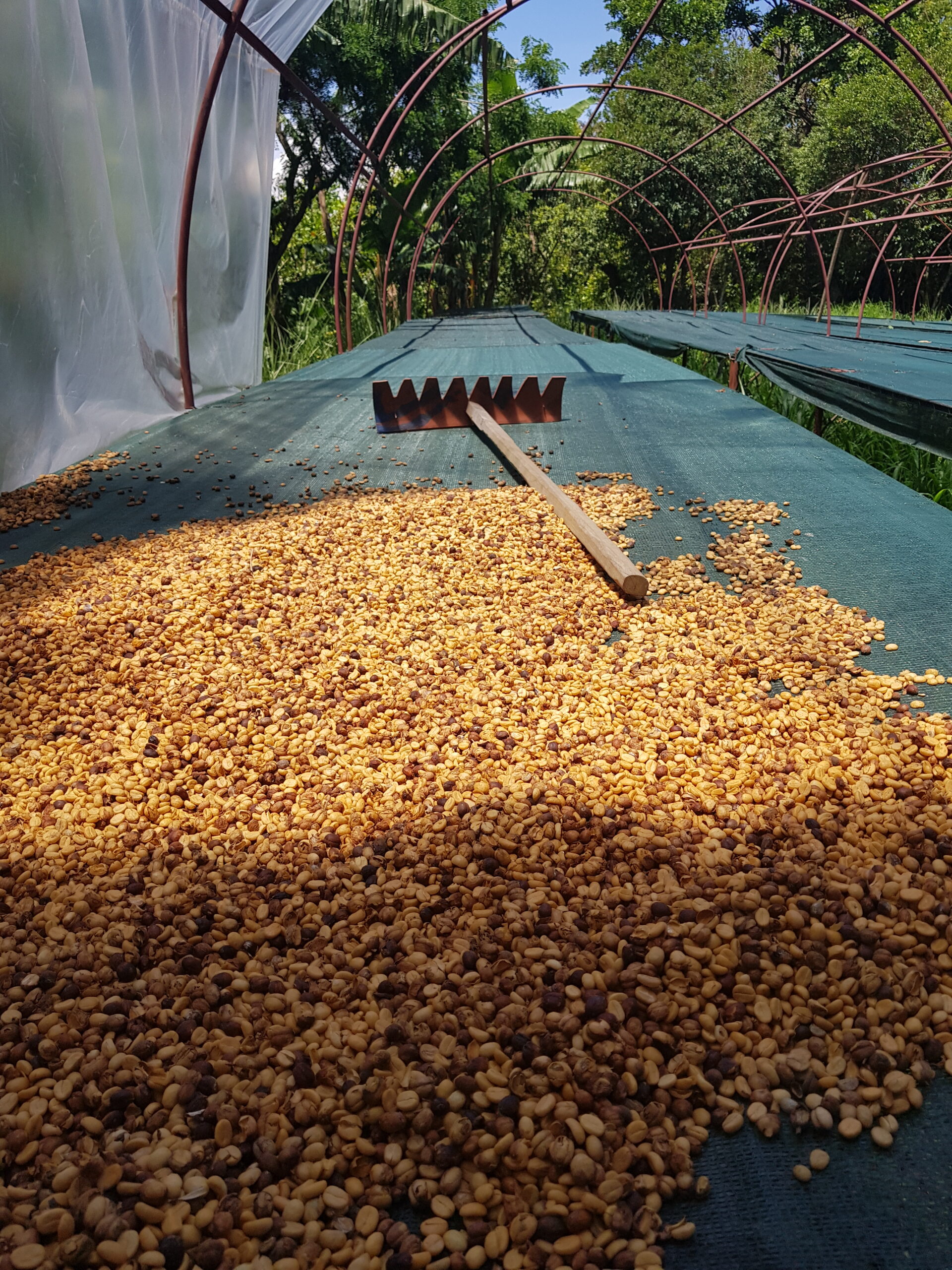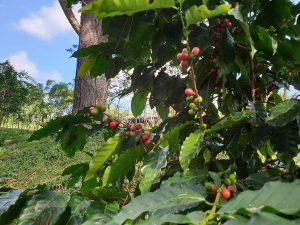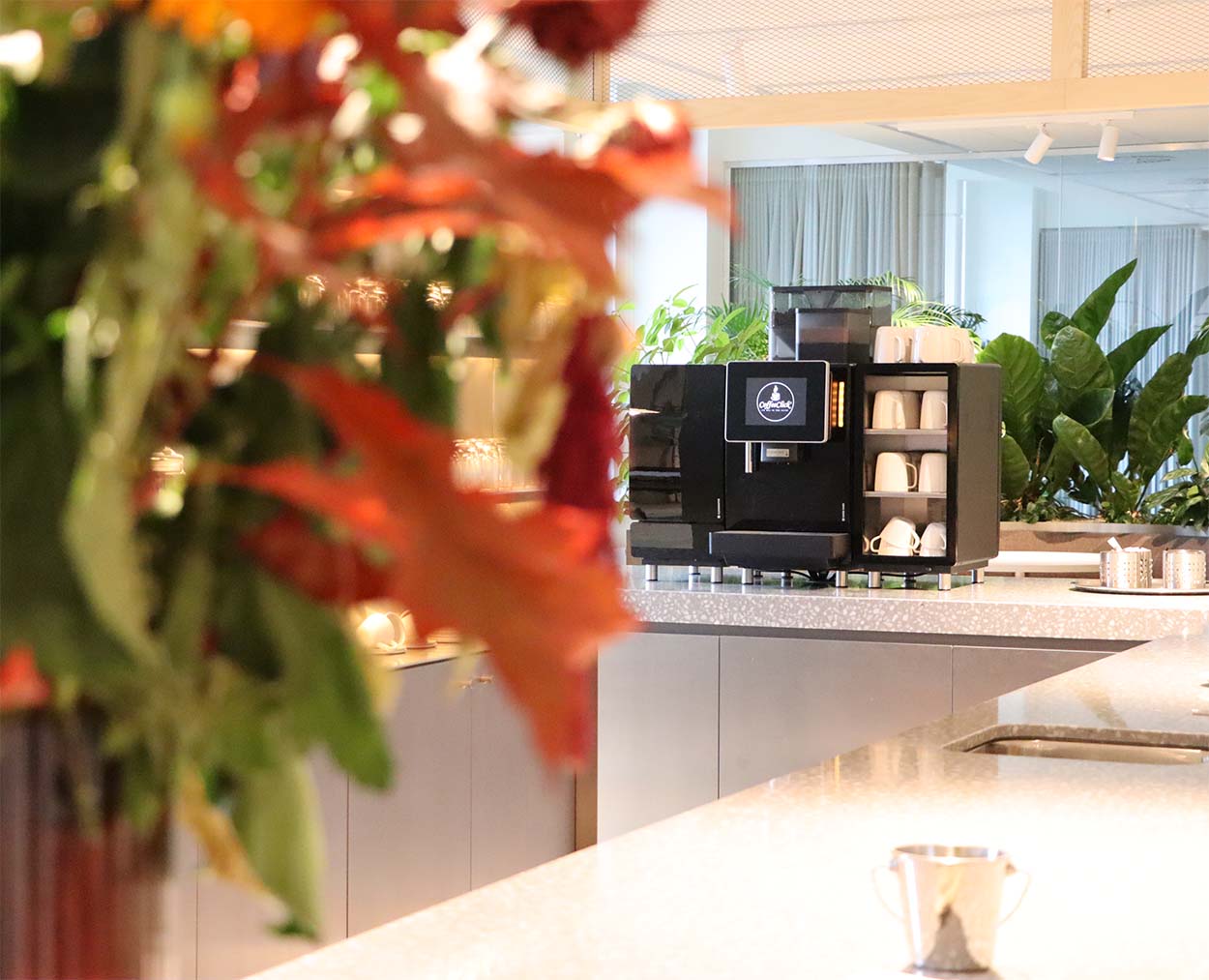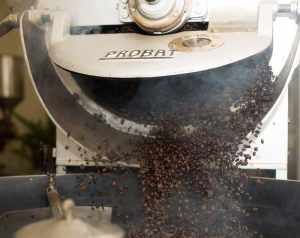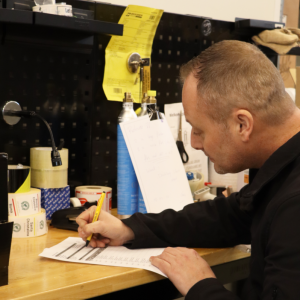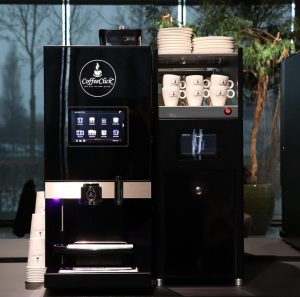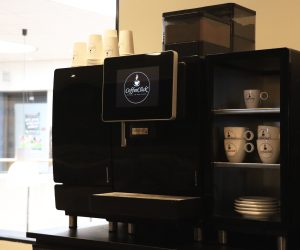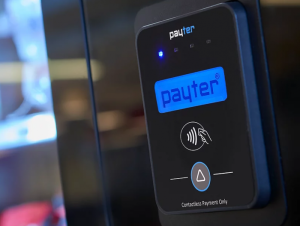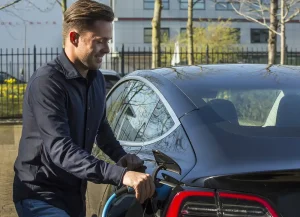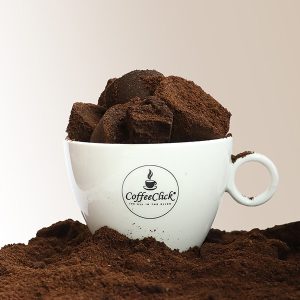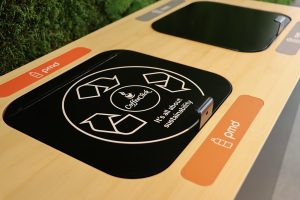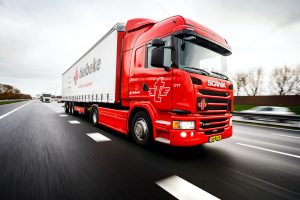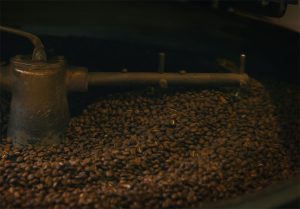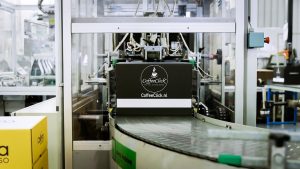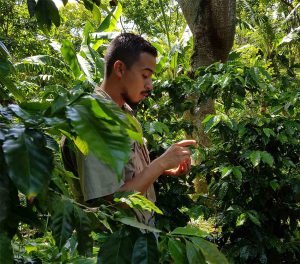The first step in the processing of our beloved coffee bean takes place on the plantations immediately after harvest. To prepare the raw beans for transport and roasting, the pulp and horn skin are first removed, and then the water content in the coffee beans is reduced. In processing the beans, three different ways can be distinguished:
The wet processing
The "Washed" method is a very quick processing procedure in which the coffee berries are cleaned by hand or machine and then sorted through a rinsing procedure. The ripe coffee berries sink to the bottom and are then processed in a so-called pulper. In the pulper, the pulp of the bean is pressed off. To completely remove the pulp, mucilage and horn skin, the beans are led to fermentation tanks. In these, the beans undergo a fermentation process in which the unwanted components liquefy. After this process, the coffee beans are washed thoroughly and then dried by the sun or in special machines. When the coffee beans are completely dry, a hulling machine removes the pericarp and horn skin. This makes wet processing a labor-intensive method to ensure a high guarantee of quality.
The dry processing
In this method of processing, the coffee berries are spread out on large tables on root cloth to dry there in the sun for three to five weeks. When the water content of 50-60 percent has decreased to the required 12 percent, the beans can be shelled. Here the flesh is mechanically peeled from the bean along with the horn skin. This natural method is obviously very environmentally friendly, but, on the other hand, yields lower quality.
The semi-dry operation
Semi-dry processing, or also called Pulped Natural, is a nice combination of the wet and dry methods. In this method, the coffee berries are not fermented in large water tanks, but spread out on patios to dry immediately after the pulp has been squeezed off. Since the horn skin is still intact when drying, this is where the so-called "parchment coffee" is created. After drying, the horn skin is removed along with the pericarp. Finally, the beans are cleaned and sorted one last time in order to be transported to the roasteries.
More about CoffeeClick's coffee beans? Click here!
